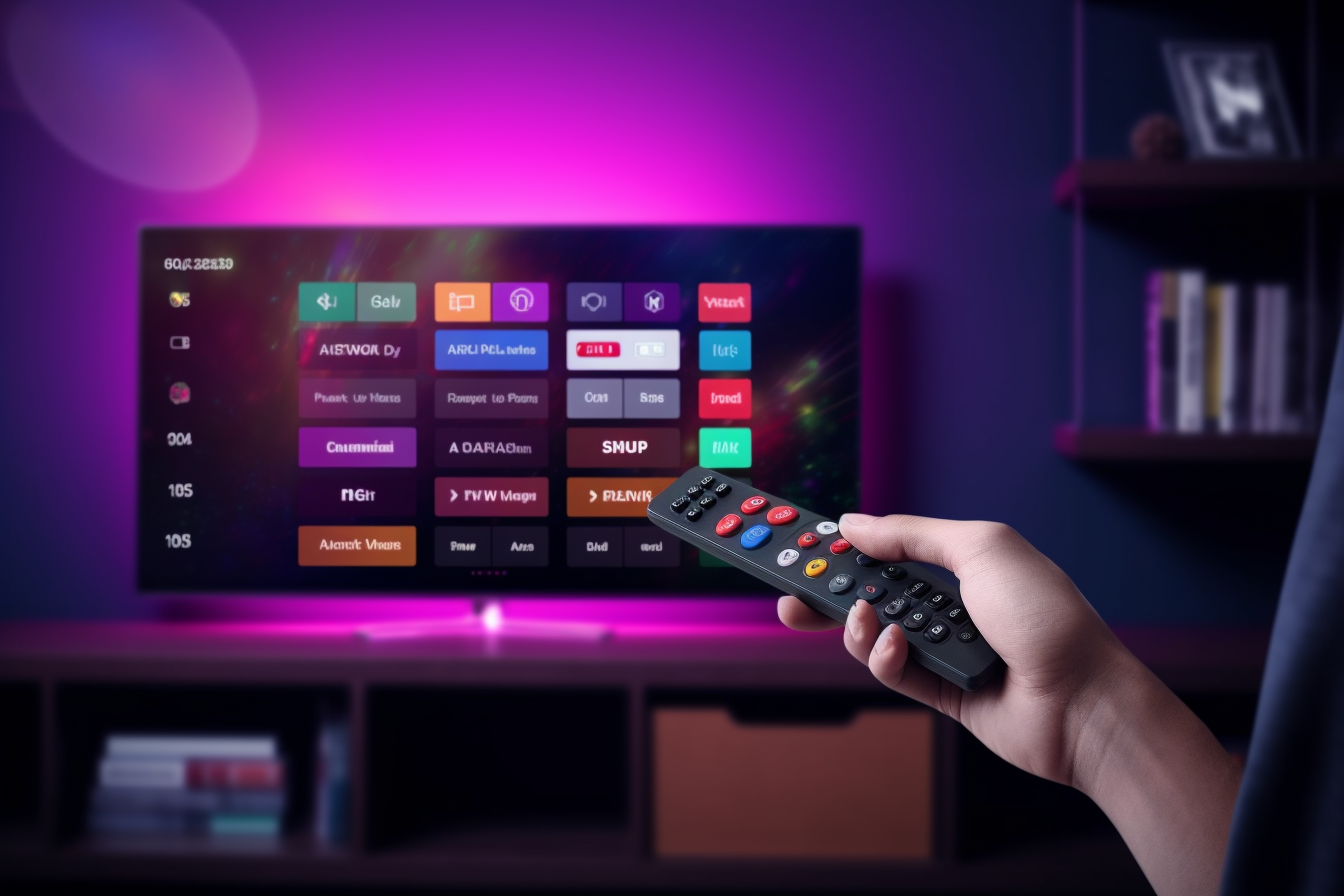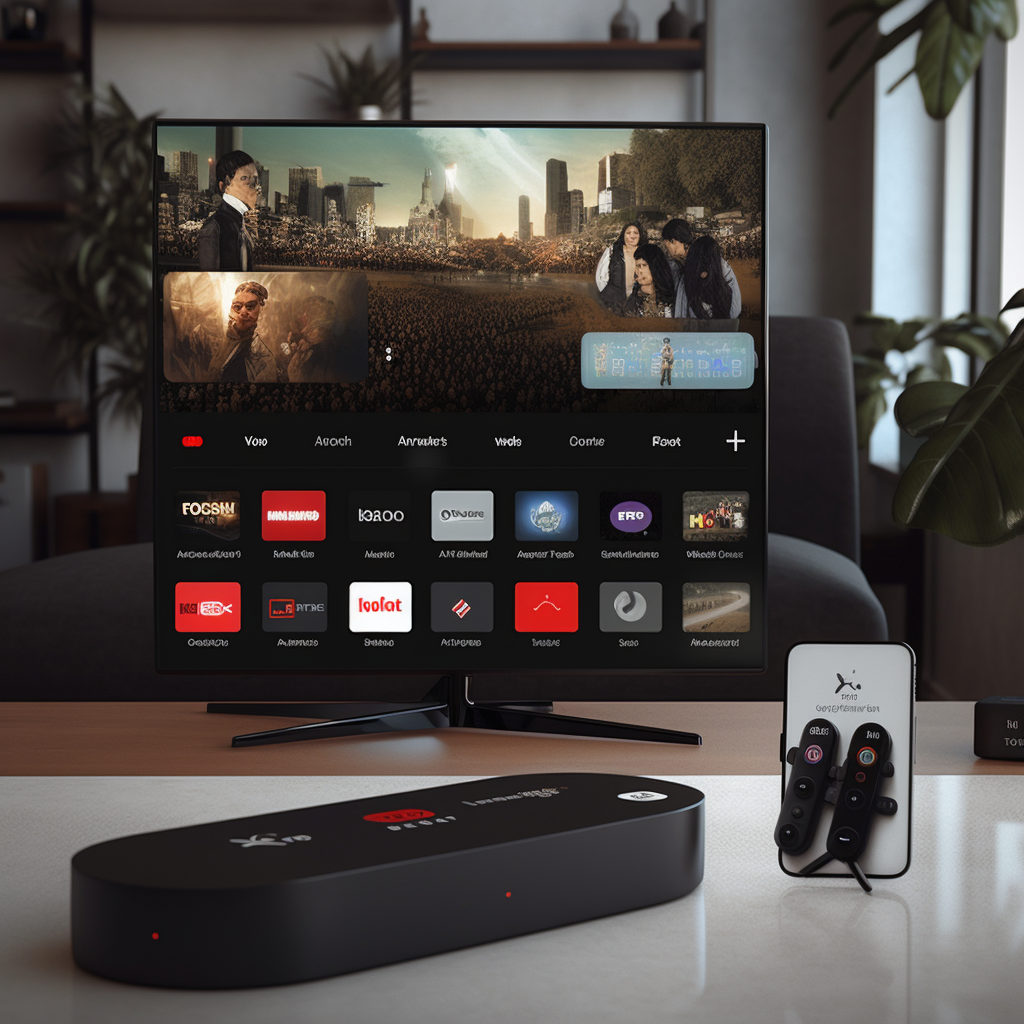Introduction
Did you know that over 35% of traditional cable subscribers are considering switching to IPTV services due to rising cable costs and limited content options? In today’s streaming-dominated world, finding the best IPTV service available can be challenging with hundreds of providers competing for your attention. Whether you’re new to the concept or looking to upgrade your current IP TV subscription, this comprehensive guide will walk you through everything you need to know about selecting, setting up, and maximizing your IPTV experience. From technical requirements to common pitfalls, we’ll cover all aspects to ensure you make an informed decision for your entertainment needs.

What You’ll Need
To get started with a quality IPTV experience, you’ll need several key components:
- A reliable internet connection – Minimum 25 Mbps for HD content, 50+ Mbps recommended for 4K streaming
- Compatible streaming device – Firestick, Android TV Box, Apple TV, Smart TV, or even a smartphone/tablet
- IPTV application – Options include TiviMate, IPTV Smarters, Perfect Player, or GSE Smart IPTV
- Quality IPTV subscription – From a reputable provider with good server infrastructure
- VPN service (optional but recommended) – For enhanced privacy and access to geo-restricted content
Optional accessories include ethernet adapters for more stable connections than Wi-Fi, external storage for recording capabilities, and universal remotes for simplified control.
Timing
When evaluating IPTV services, timing factors significantly impact user satisfaction. Based on current industry data:
- Channel switching speed: Top-tier services offer 1-3 second channel change times compared to 5-7 seconds with lower-quality providers
- Buffer rates: Premium services maintain less than 0.5% buffer time during peak hours
- Service uptime: The best providers maintain 99.5%+ uptime, with scheduled maintenance typically occurring during off-peak hours (2 AM-5 AM)
- Video-on-demand (VOD) loading: Quality services initiate VOD content in under 10 seconds
Step-by-Step Instructions
Step 1: Research Potential IPTV Providers
Start by reading user reviews, forum discussions, and independent testing results. Look for providers with at least 12 months of operational history and consistent positive feedback regarding reliability, channel selection, and customer support.
Step 2: Test Before Committing
Before purchasing a long-term subscription, request a trial period (typically 24-48 hours) to evaluate:
- Stream stability during peak hours
- Channel loading times
- Picture quality consistency
- EPG (Electronic Program Guide) accuracy
- Customer service responsiveness
Step 3: Set Up Your Device

Once you’ve selected a provider:
- Install the recommended IPTV app on your streaming device
- Enter the provided login credentials (typically username/password or M3U URL)
- Configure stream quality settings based on your internet capability
- Organize channel groups and favorites for easier navigation
- Adjust buffer settings if experiencing playback issues (start with 5-second buffer)
Step 4: Optimize Your Experience
Fine-tune your setup by:
- Connecting via ethernet rather than Wi-Fi when possible
- Setting up auto-start options for your IPTV app
- Creating custom channel groups for faster access to favorites
- Configuring recording functions for must-see content
Technical Performance Data
Understanding the technical aspects helps optimize your viewing experience:
| Resolution | Bandwidth Required | Data Usage Per Hour |
|---|---|---|
| SD (480p) | 3-5 Mbps | 0.7-1 GB |
| HD (720p) | 5-8 Mbps | 1-2.5 GB |
| FHD (1080p) | 8-16 Mbps | 2-5 GB |
| 4K UHD | 25+ Mbps | 7-15 GB |
Most providers offer multiple stream quality options to accommodate different internet speeds and data limitations.
Healthier Alternatives for IPTV
If traditional IPTV services don’t meet your needs, consider these alternatives:
- Official streaming services like Netflix, Hulu, or Disney+ for legal content access
- Free IPTV options like Pluto TV or Samsung TV Plus for limited but legal channel access
- IPTV aggregator services that combine multiple streaming platforms into a unified interface
- Local media servers like Plex or Emby when paired with HDHomeRun for OTA broadcasts
Serving Suggestions
Maximize your viewing pleasure with these enhancement tips:
- Pair with a quality soundbar or audio system for immersive experiences
- Use ambient lighting behind your TV (like Philips Hue) to reduce eye strain during extended viewing
- Create custom profiles for different household members with personalized channel listings
- Schedule automatic updates during off-hours to prevent interruptions
- Enable parental controls for family-friendly viewing environments
Common Mistakes to Avoid
Don’t fall victim to these frequent IPTV pitfalls:
- Choosing based solely on price – The cheapest option often results in frustrating buffering and downtime
- Ignoring server locations – Servers geographically distant from you typically result in higher latency
- Skipping VPN protection – Leaving your streaming activities exposed to your ISP
- Overwhelming your network – Attempting 4K streams on inadequate internet connections
- Paying for excessive connections – Purchasing more simultaneous streams than needed
Storing Tips for IPTV
Properly manage your IPTV service with these best practices:
- Store login credentials securely using a password manager
- Take screenshots of your preferred settings before updates
- Back up your configuration files to cloud storage
- Keep documentation of payment receipts and subscription details
- Maintain a record of support channels and contact methods
Conclusion
Finding and optimizing the best IPTV service requires careful consideration of multiple factors, from technical requirements to content preferences. By following the guidelines in this comprehensive guide, you’ll be well-equipped to make informed decisions about your streaming setup. Remember that the IPTV landscape continuously evolves, so staying informed about new developments and service improvements is essential for maintaining the optimal viewing experience.
FAQs
How legal are IPTV services?
The legality varies by provider, content, and region. Services that properly license their content are legal, while those redistributing content without authorization may not be.
How many devices can I use with one subscription?
Most reputable providers offer packages allowing 1-5 simultaneous connections, with premium tiers supporting more devices.
Why do some channels buffer more than others?
Buffering typically occurs due to server load on popular channels, bandwidth limitations, or distance from the provider’s servers.
Do I need a VPN with IPTV?
While not strictly required, a VPN enhances privacy, prevents ISP throttling, and can improve access to geo-restricted content.
Can I record shows with IPTV?
Many IPTV applications support recording, but you’ll need adequate storage space on your device or network.

